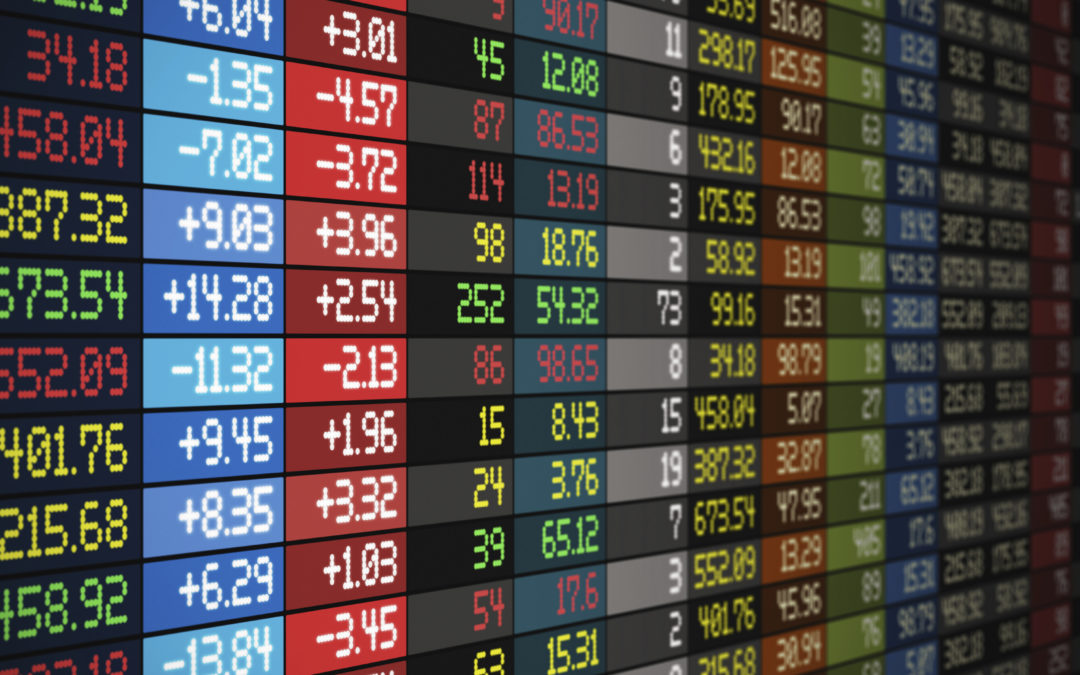It has been about six years since the market hit its lows during the great financial crises. While many investors are celebrating gains from the bull market that has occurred since, they forget the preponderance of gains simply got them back to even! Several notable asset managers are predicting annualized rates of return for large cap U.S. stocks over the next ten years to hover from flat, to negative 3.4%. I have read articles from folks such as Research Affiliates and FundFire that substantiate these prognostications. Citing these and other similar articles, asset allocators have begun to de-risk portfolios by reducing their equity exposure and increasing their exposure to alternatives.
We at WCM tend to avoid alternative investments due to suitability. Because of their complex nature, limited regulations and relative lack of liquidity, most alternative investment assets are held by institutional investors or accredited, high-net-worth individuals. Alternative investments include hedge funds, managed futures, real estate, commodities and derivatives contracts.
Stocks began the new quarter on a sour note, with the main benchmarks falling sharply as investors assessed a batch of economic indicators. Several economic reports out this week including auto sales, corporate employment and manufacturing numbers have all indicated a slowdown in economic activity in the first quarter. Most of this negativity has been attributed to the record setting cold weather experienced by most of the country.
Meanwhile the world’s central banks continue to fuel economies with cheap money. Although we have seen violent, multi-day pullbacks, investors sense an opportunity and have the cheap capital to take a chance. With all the focus on first quarter earnings pressure due to energy reductions, the Euro, and bad weather, you might have missed that total bottoms up earnings estimates are rising.
I also note that Wall Street banks are seeing increased activity in trading due to the volatility and a resurgence of corporate borrowing. The U.S. investment grade market priced over $140 billion in deals, just shy of $148 billion, the all-time monthly record set in September 2013.
What does all this mean? Stock prices always follow the earnings. If earnings are improving then stock prices should improve. The Eurozone is benefitting from near-zero interest rates, QE, a weak euro, rising bank lending, soaring stock prices and lower oil prices. If these six cylinders don’t revive the region’s economy, then nothing will.
I close this month’s blog with a note on college tuition. Just this week, I noticed that Stanford University has raised the level of base income in which they expect no parental help covering tuition from $100,000 to $125,000. Separately, I received a phone call from a client whose daughter earned her undergrad and postgraduate degrees from Harvard. The distraught parent stated the daughter is drowning in debt because Harvard counselors did not provide guidance to the child with regard to the value of her degree. Yes she is highly educated from one of America’s most prestigious universities, however, she cannot gain employment in her field at income levels anywhere near close enough to pay her student loans.
I recently read an article in Bloomberg citing a study of 10,000 graduates from various prestigious universities and from local community colleges. Their findings? The impact on income immediately after graduation, five, and ten years post-graduation, showed very little difference based on university attended. The determining factor in annualized income was largely impacted by the graduate’s major and their field of employment. This certainly substantiates the decision of which major to pursue and what industry to seek employment in is critical when thinking about return on investment.
-Kelly Compton, Chief Investment Officer, WCM Wealth Management, LLC
2015 Market Watch April

